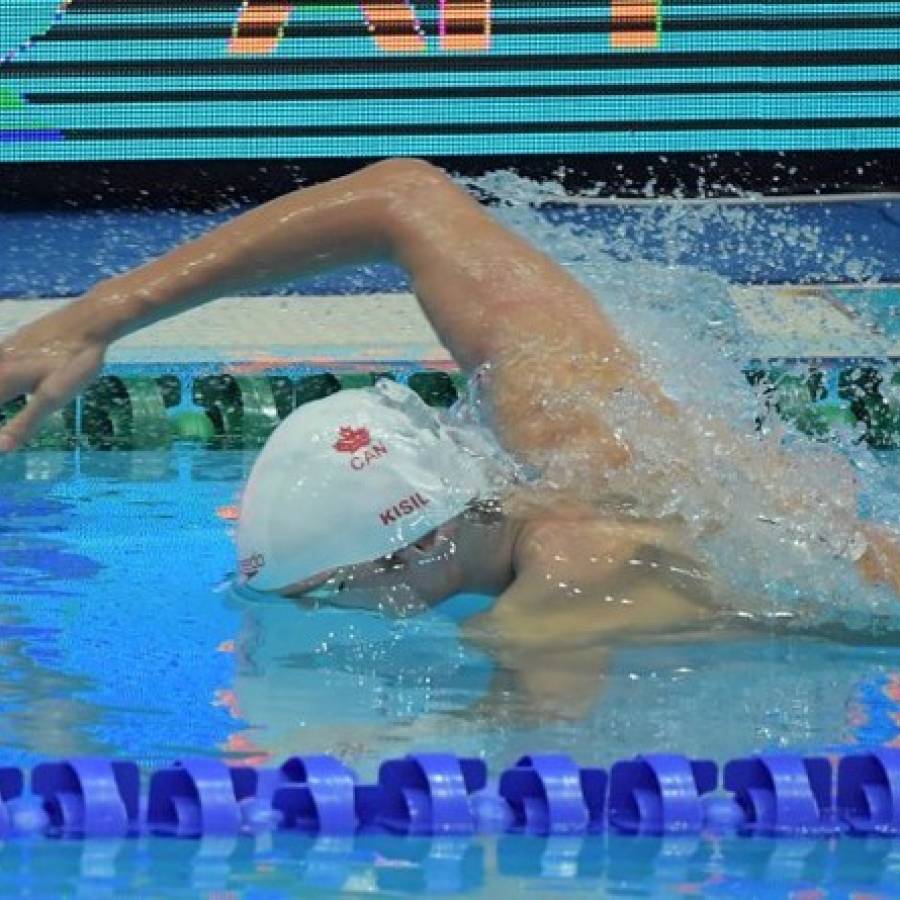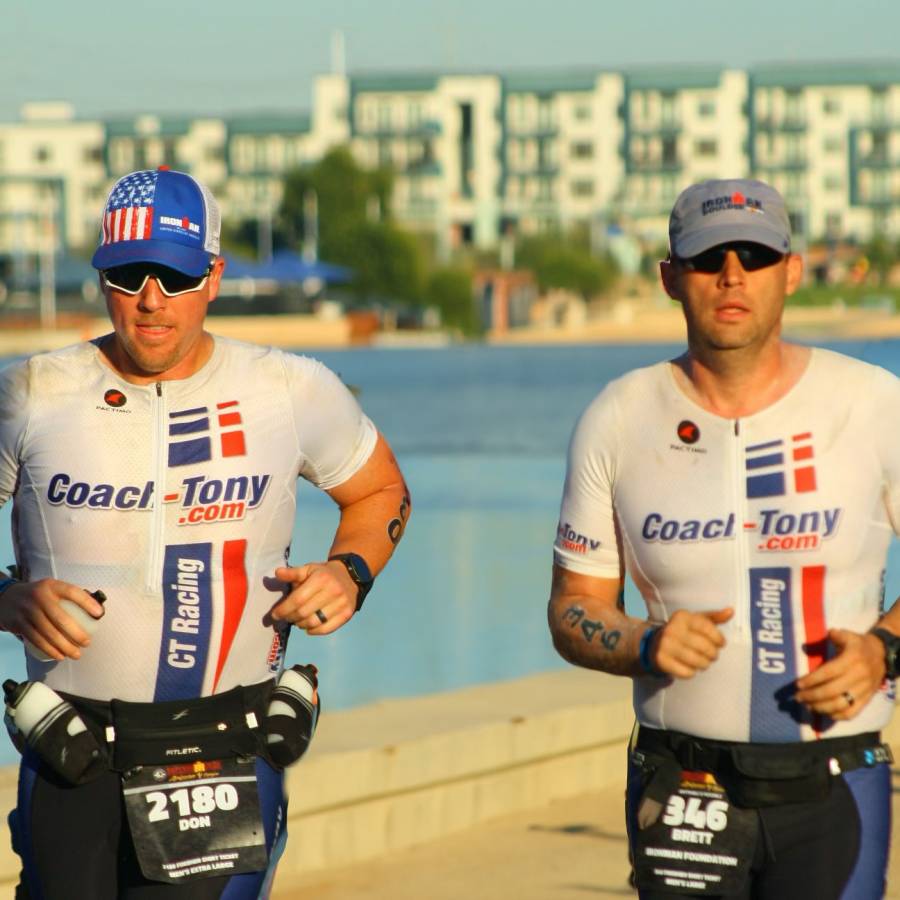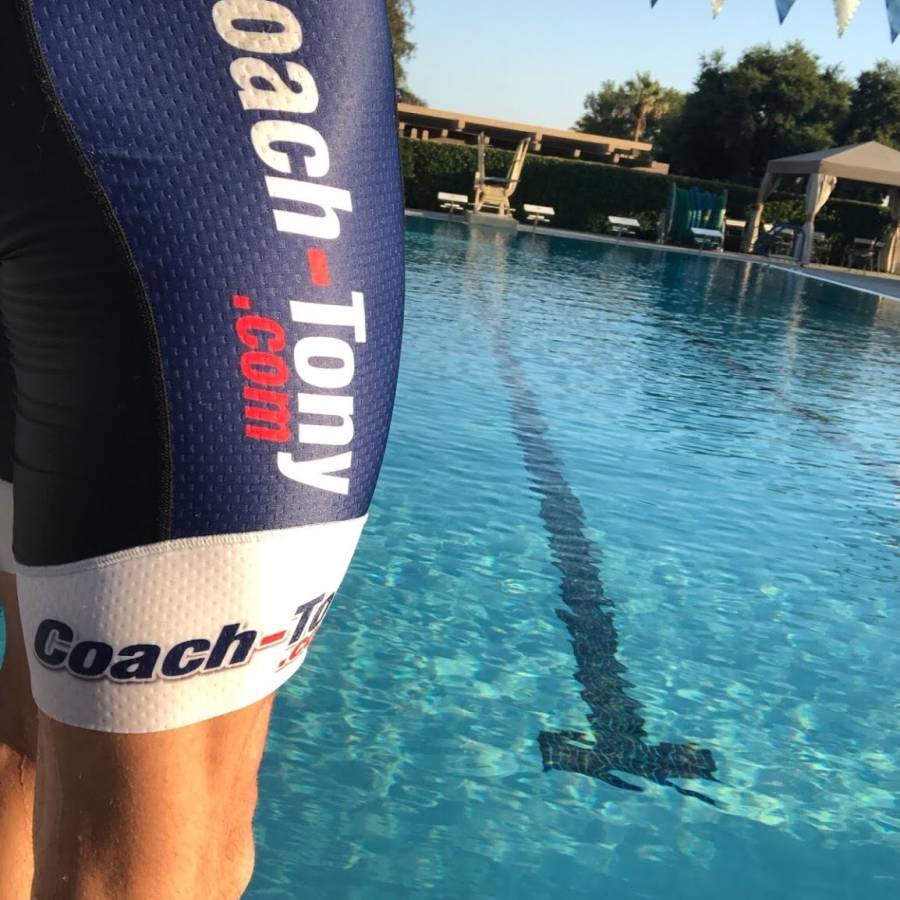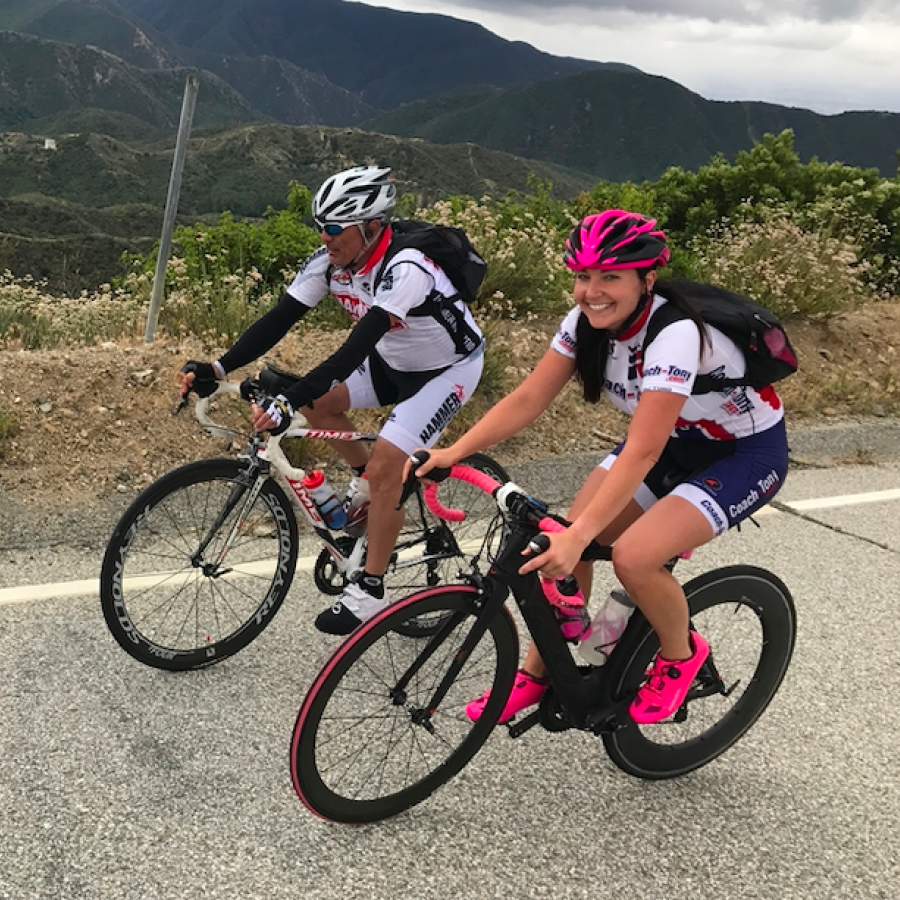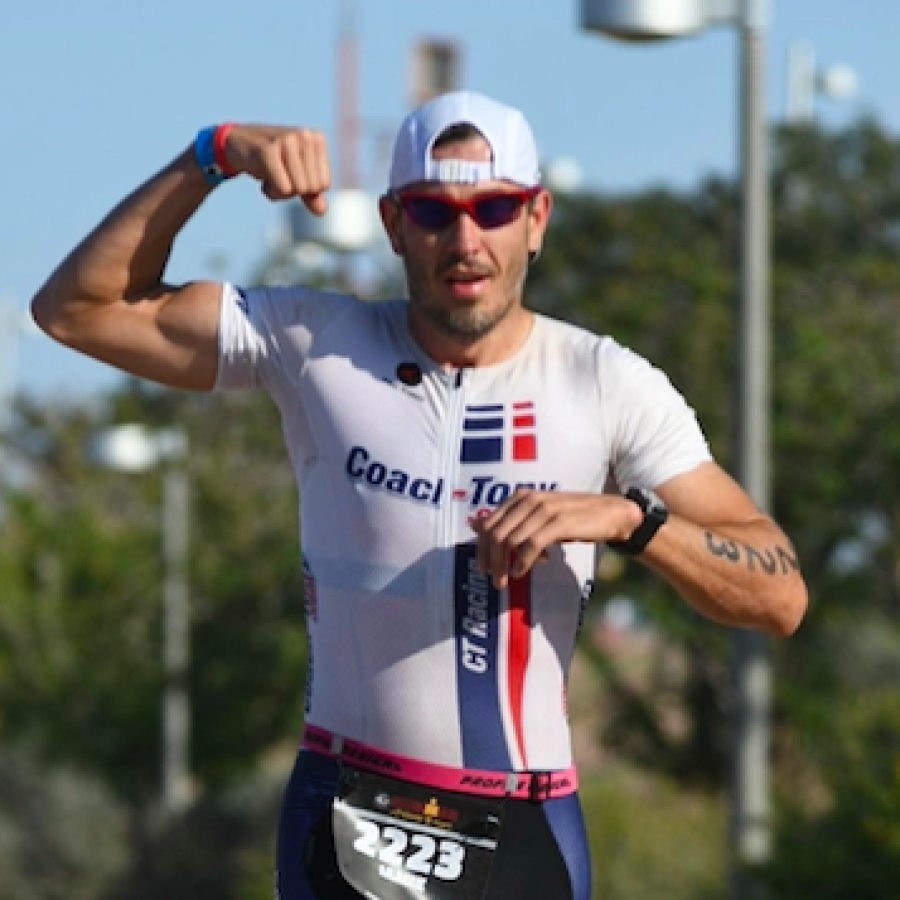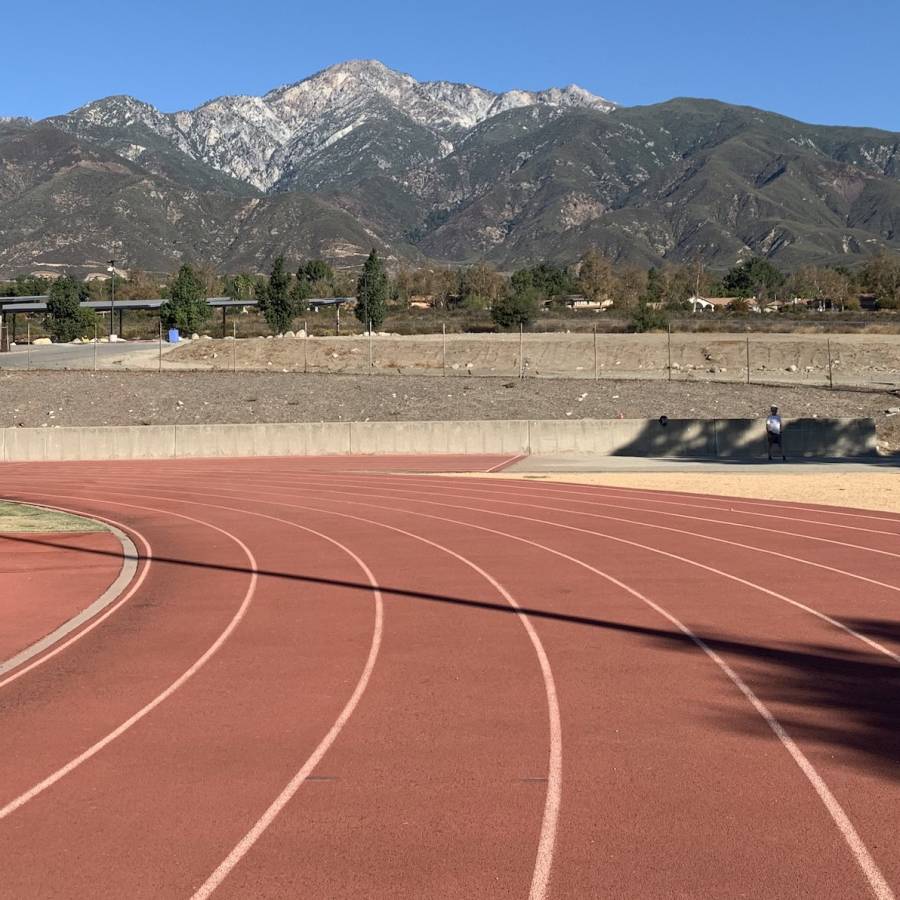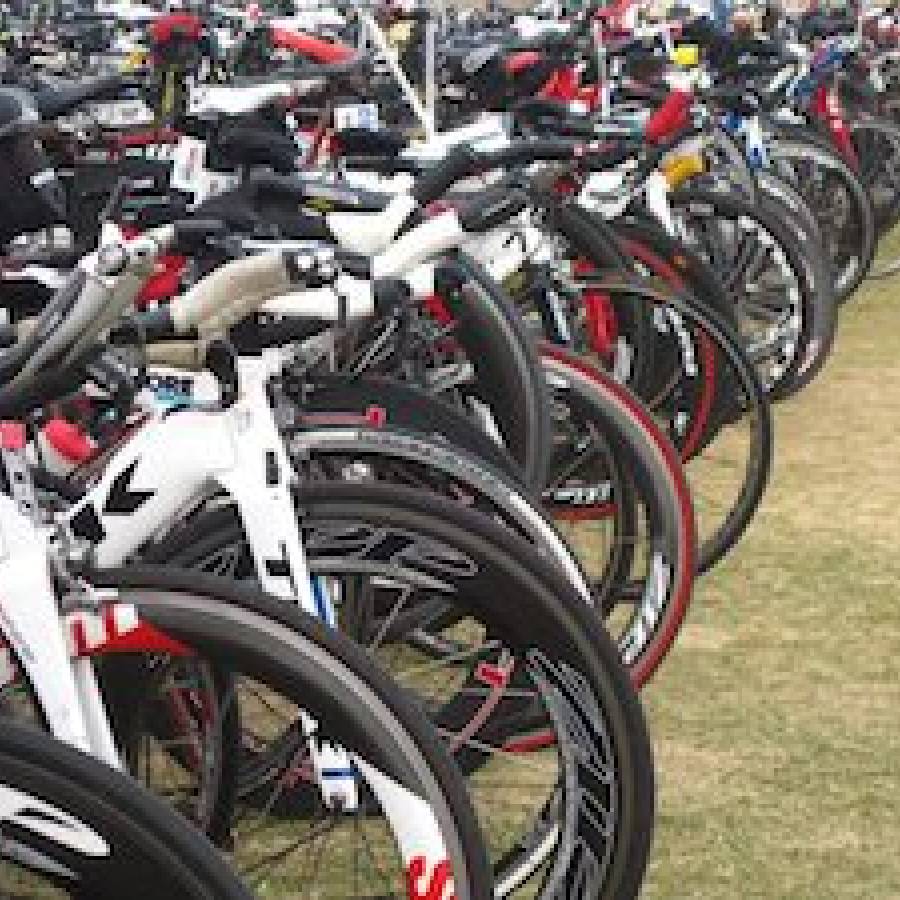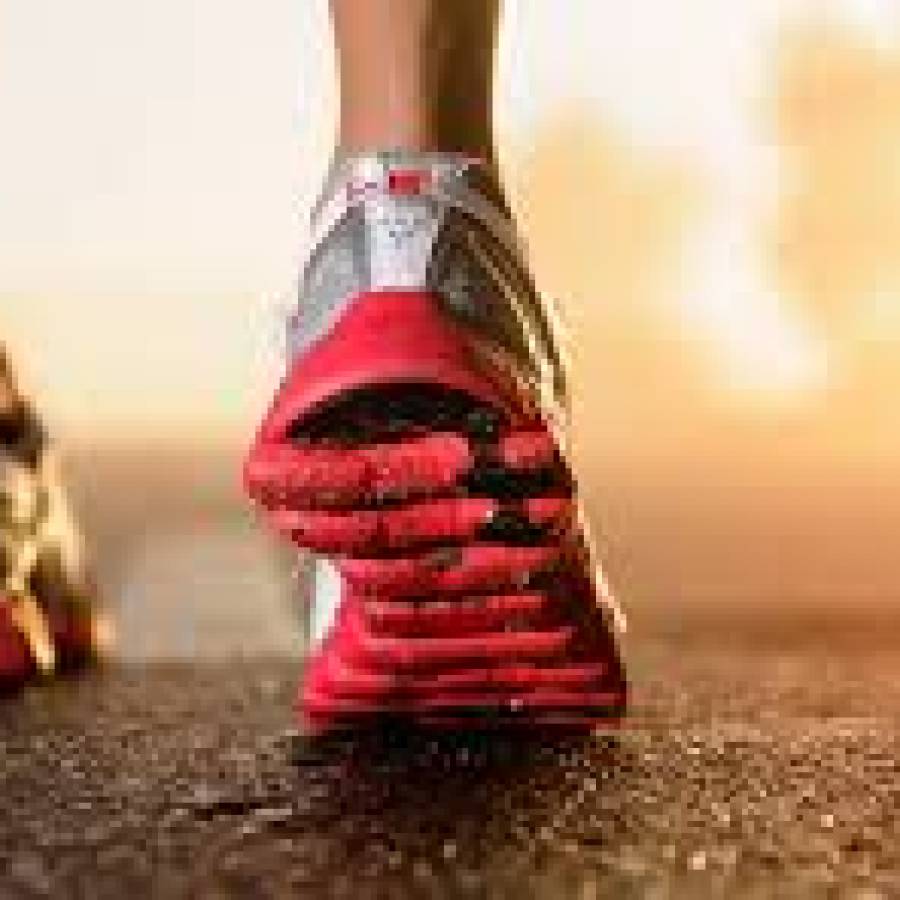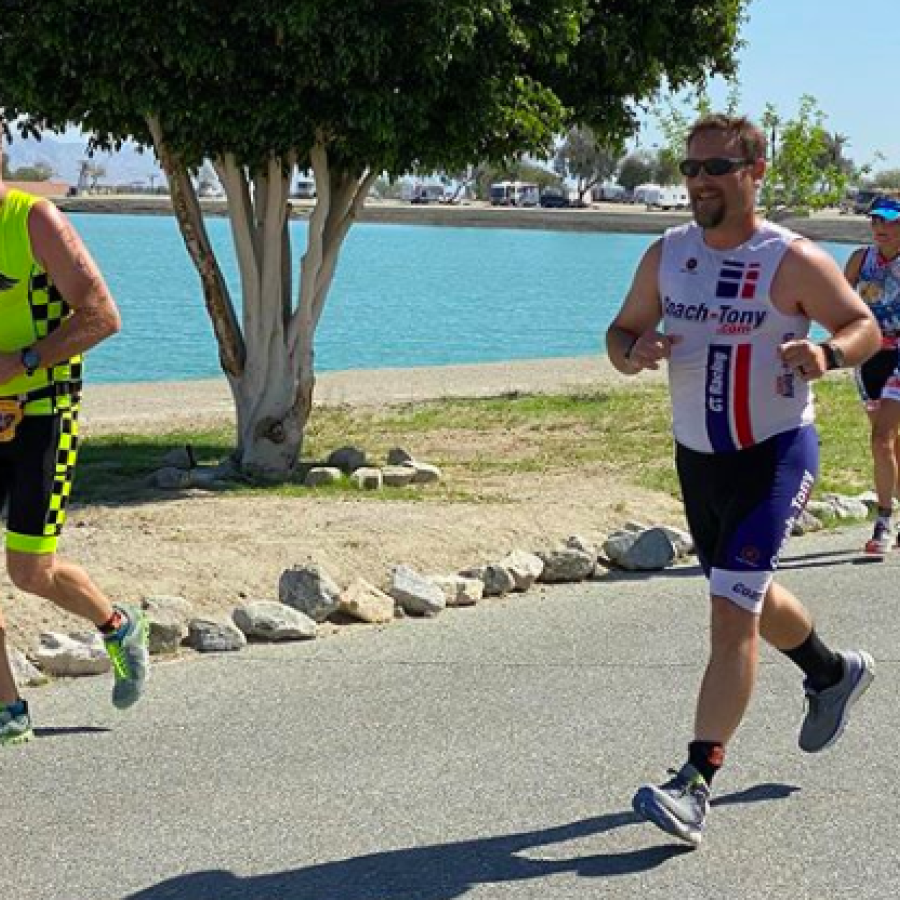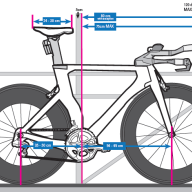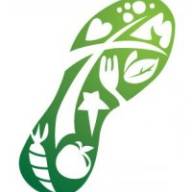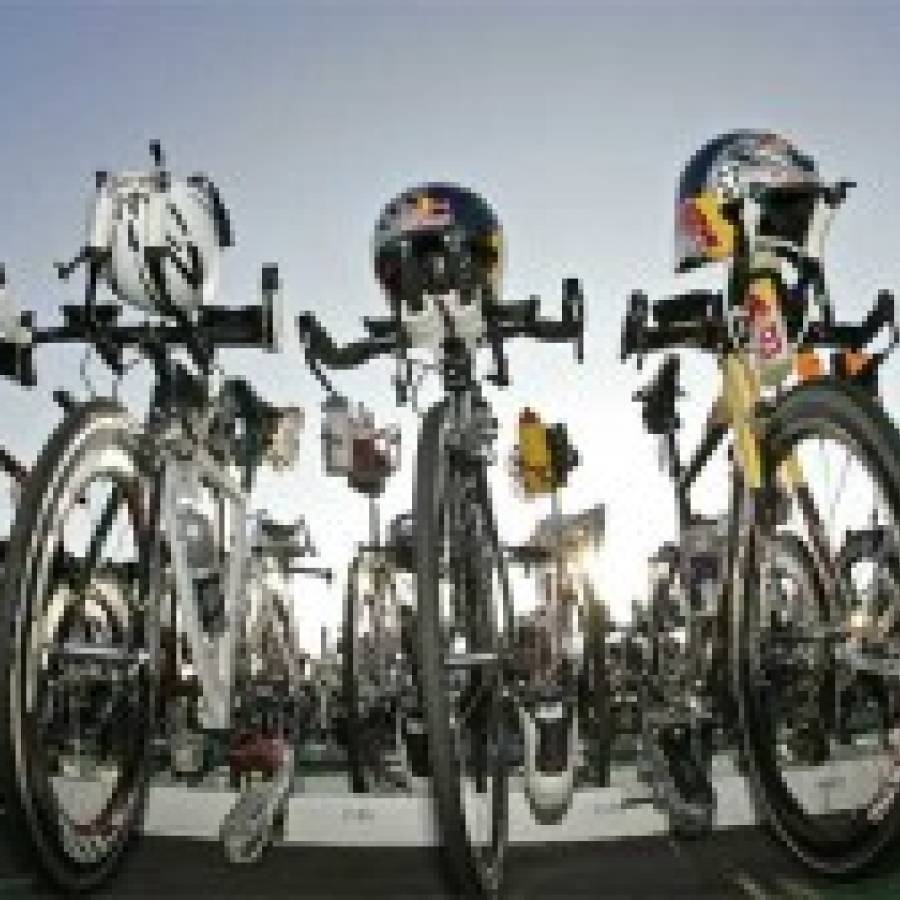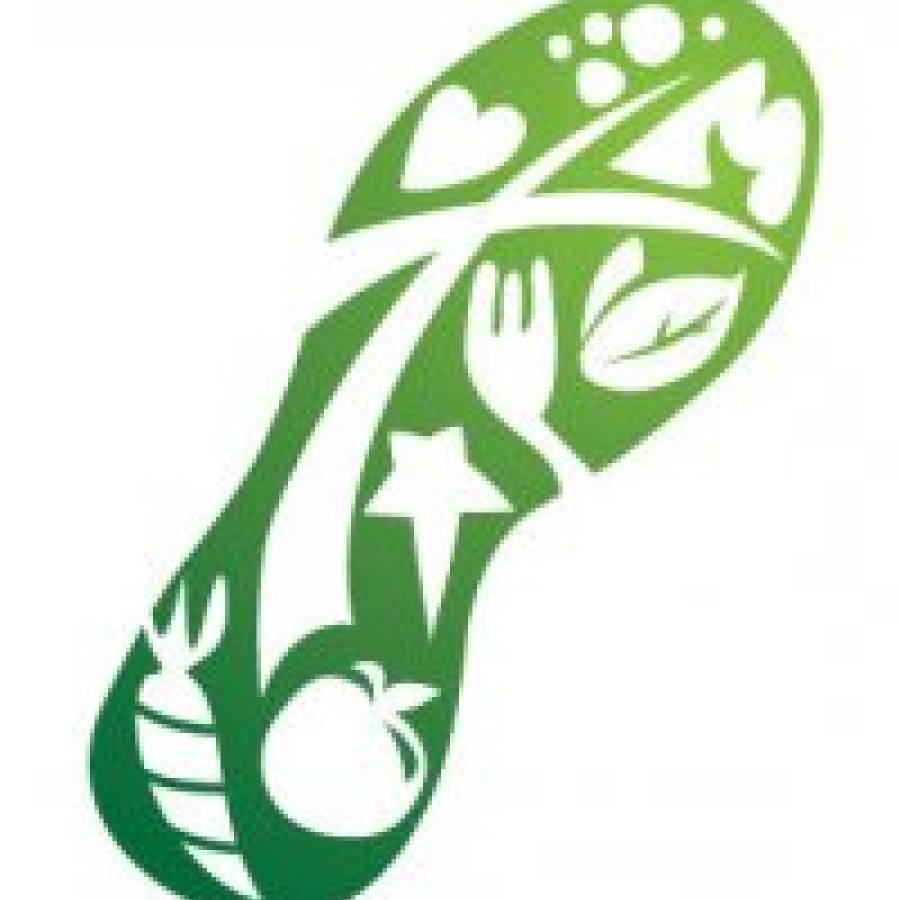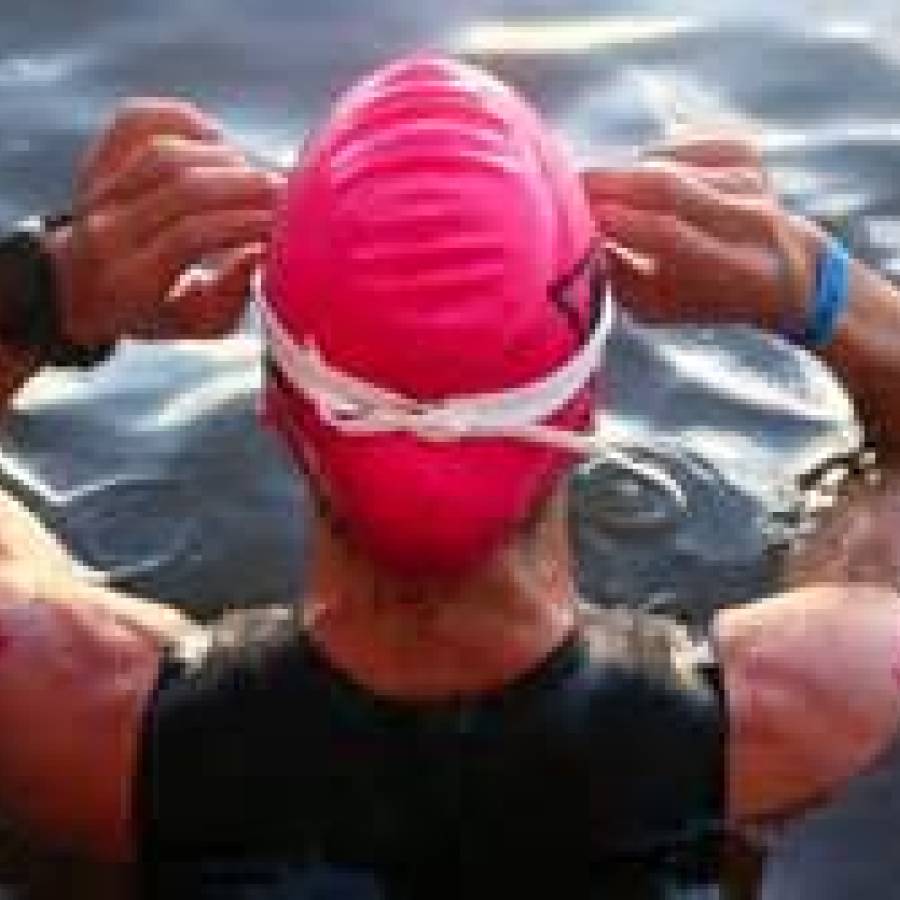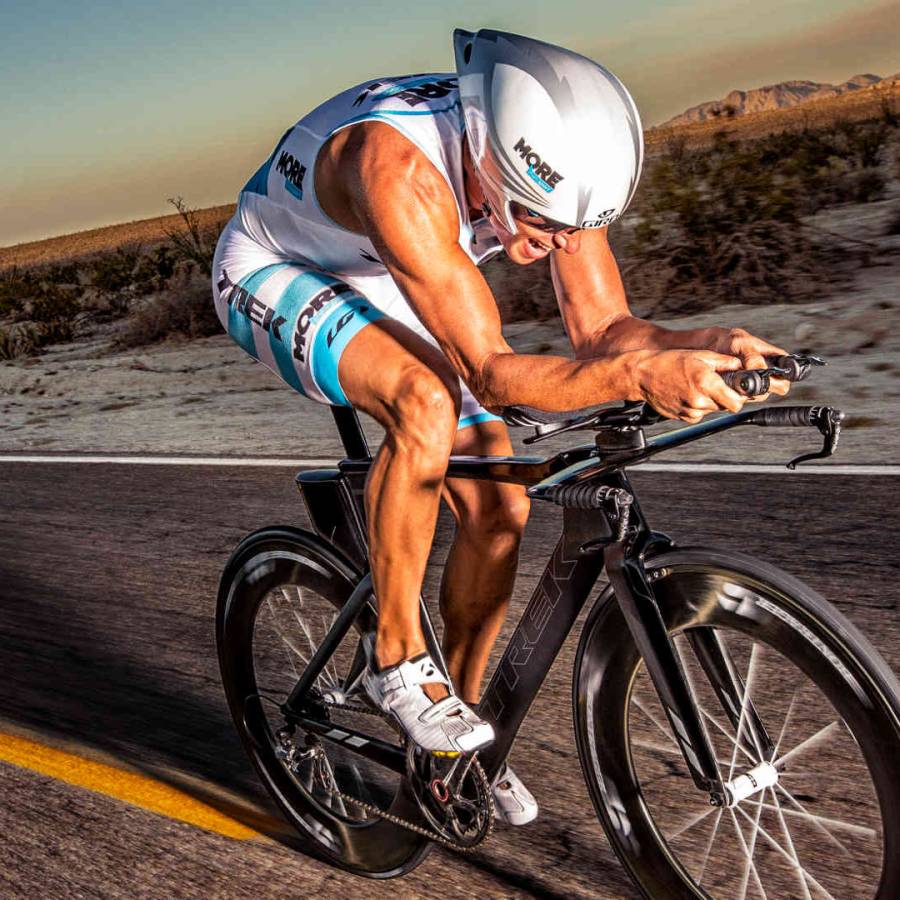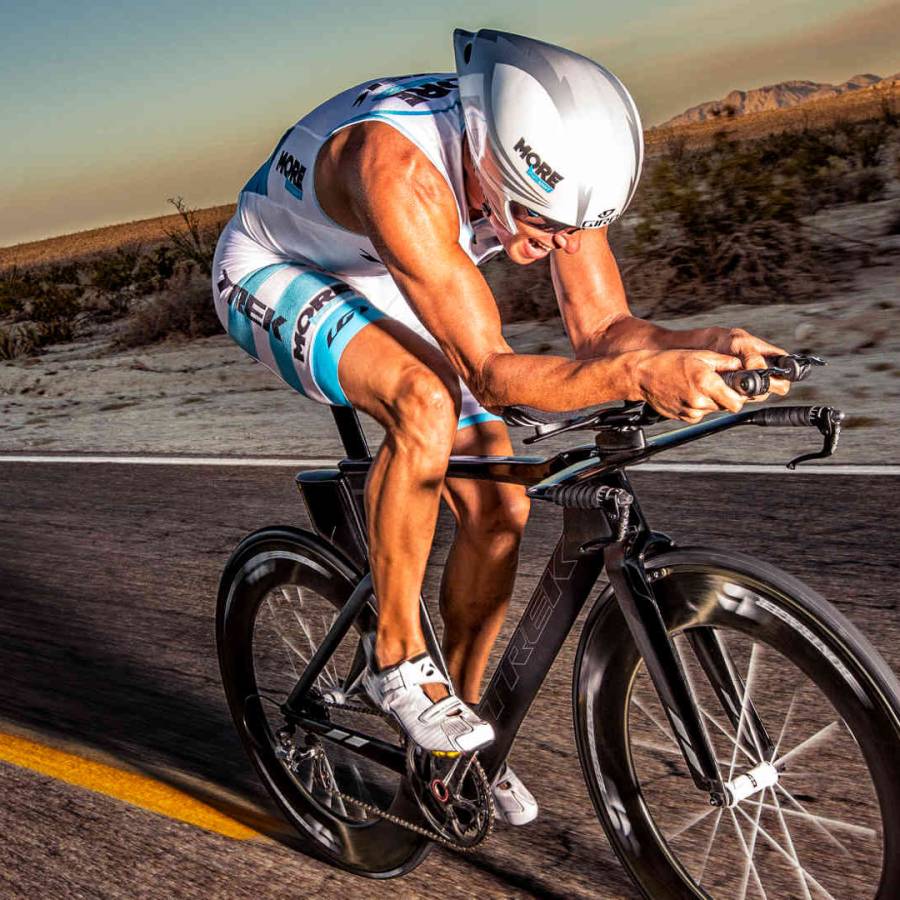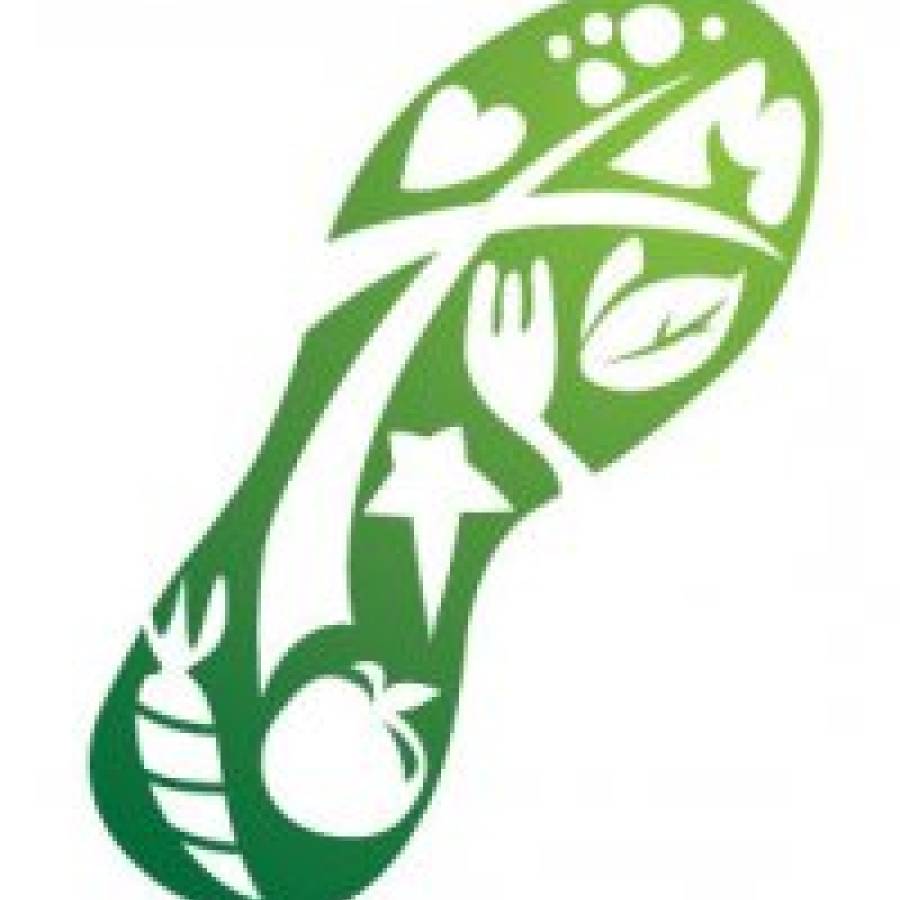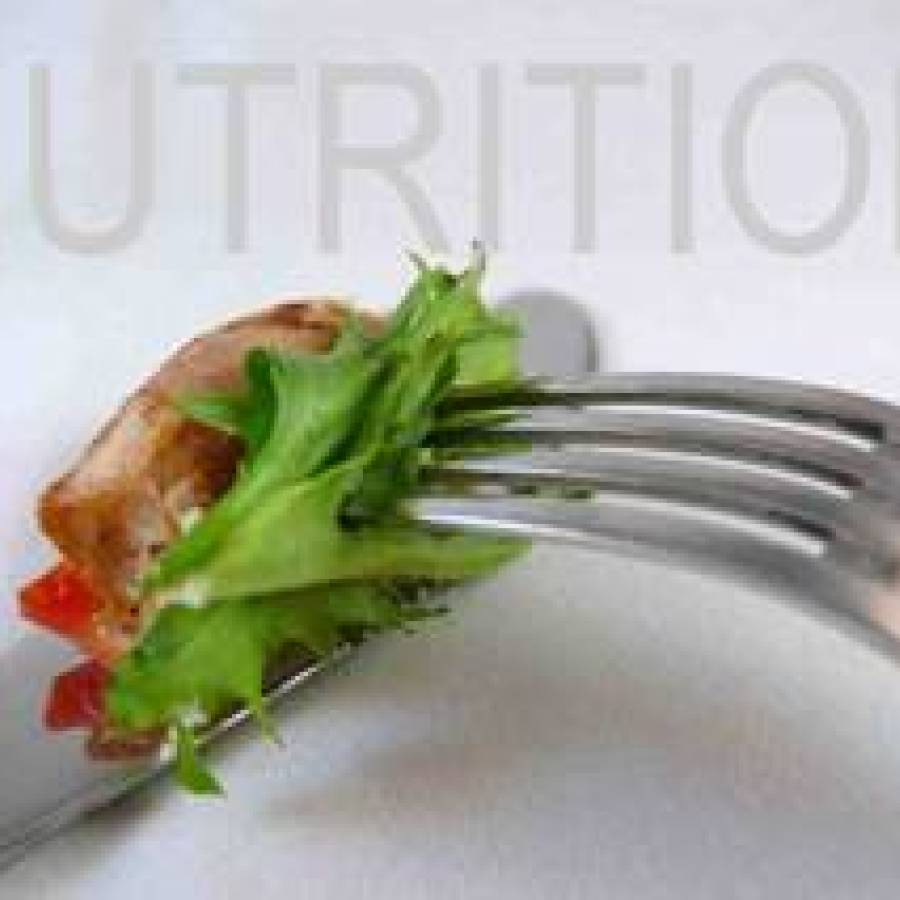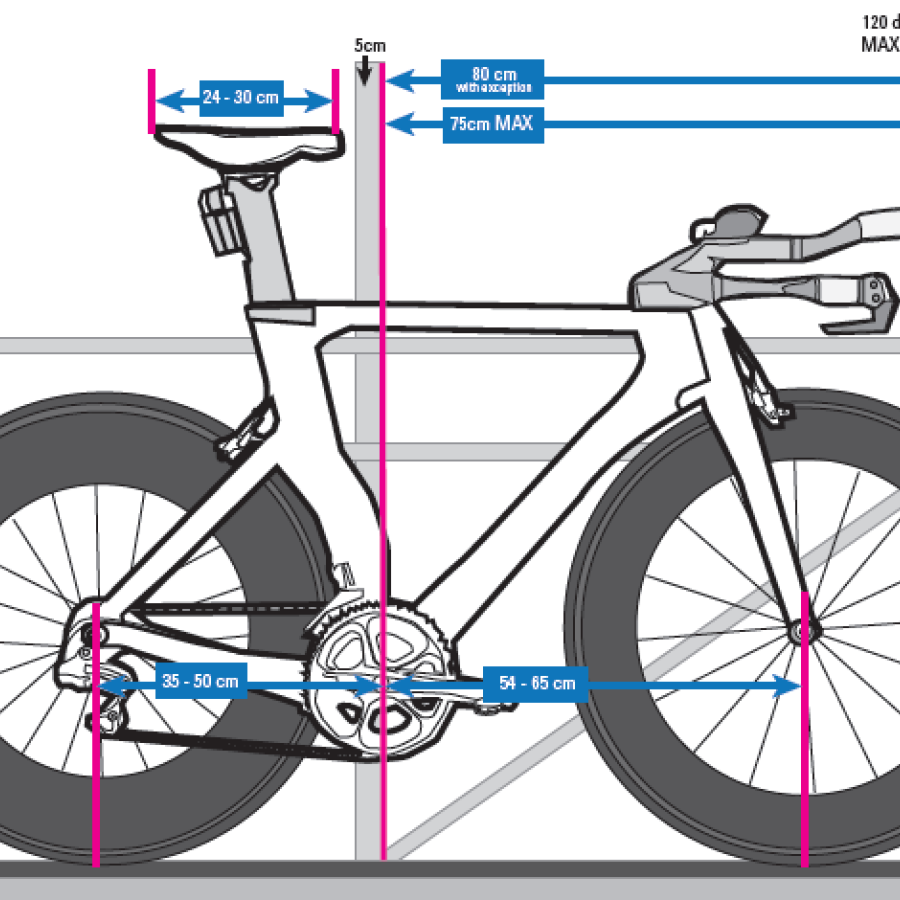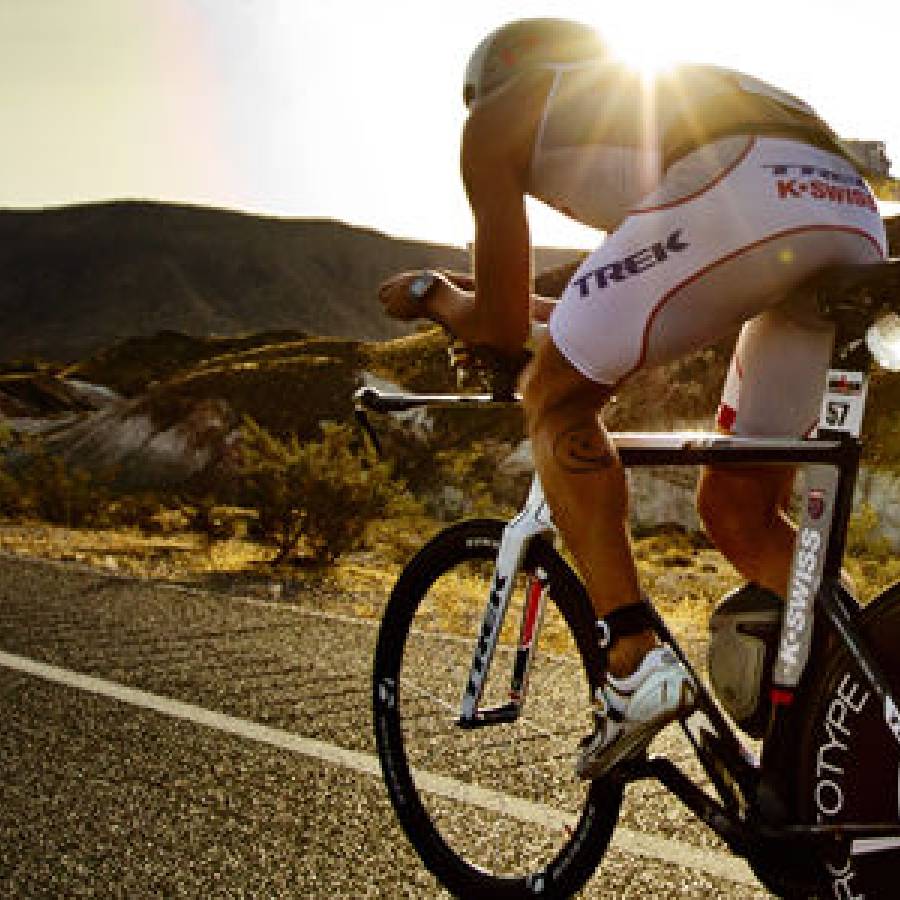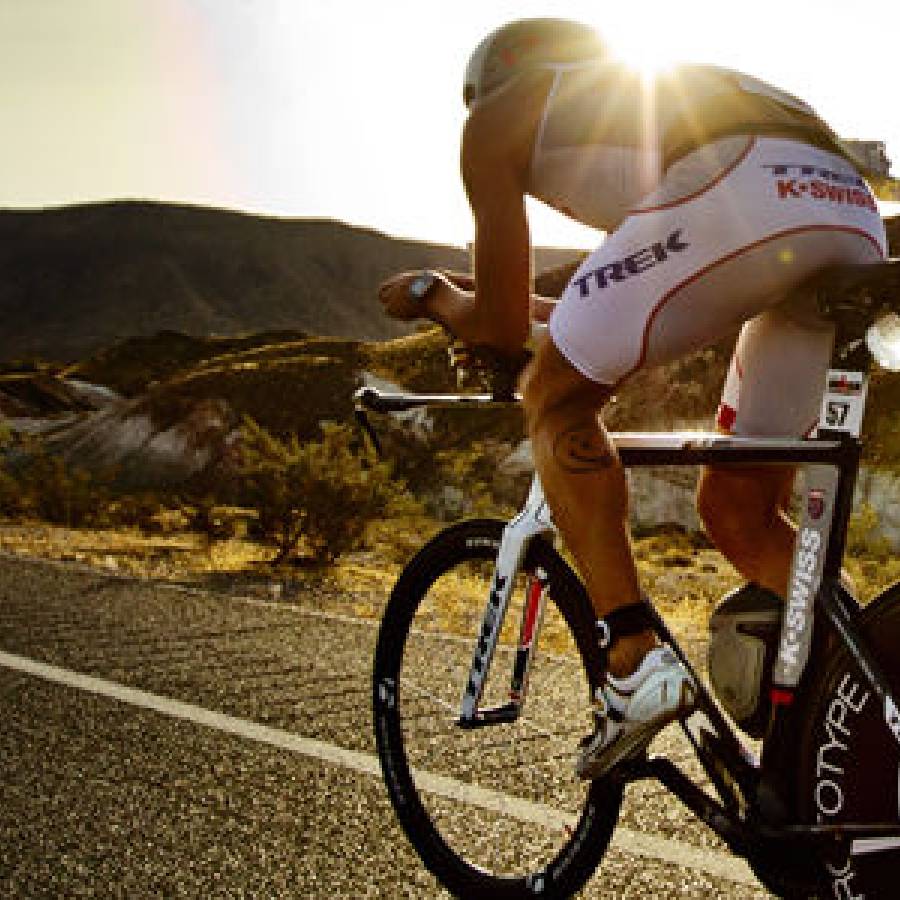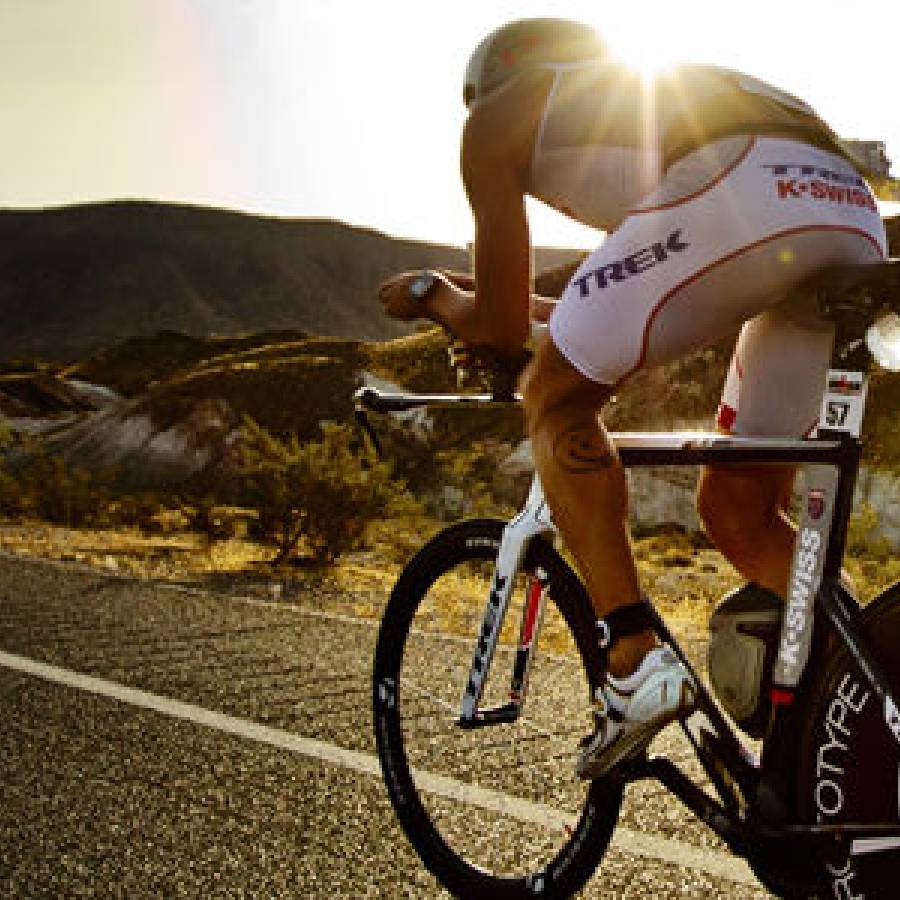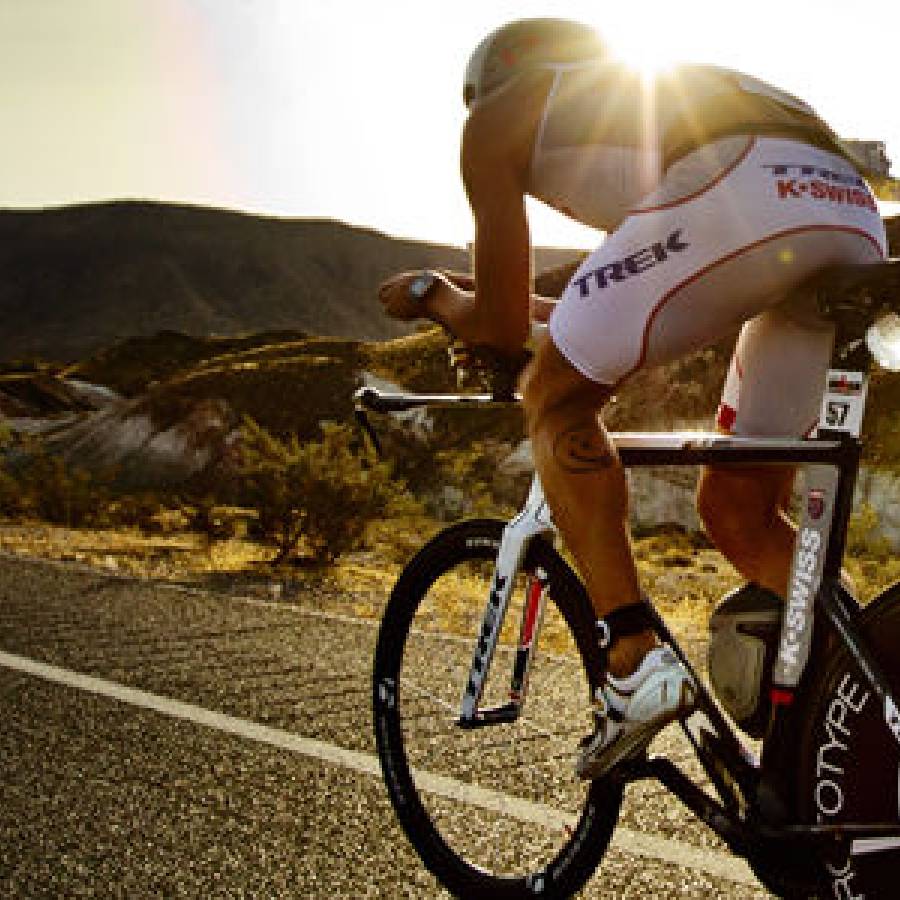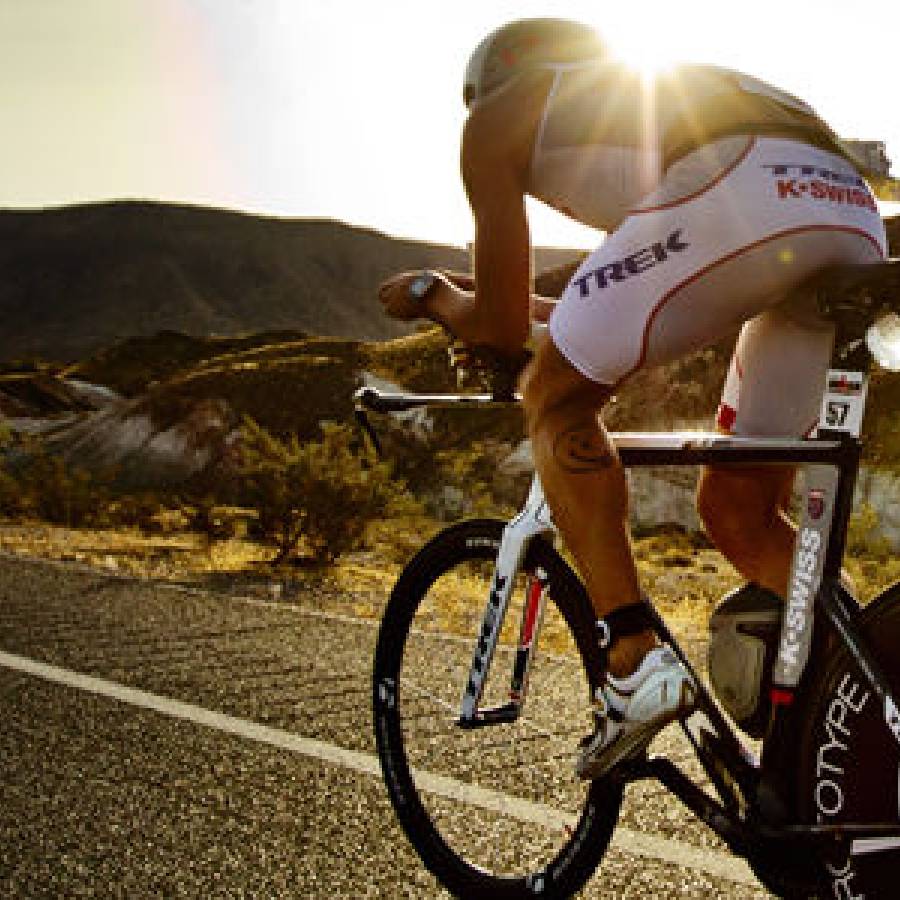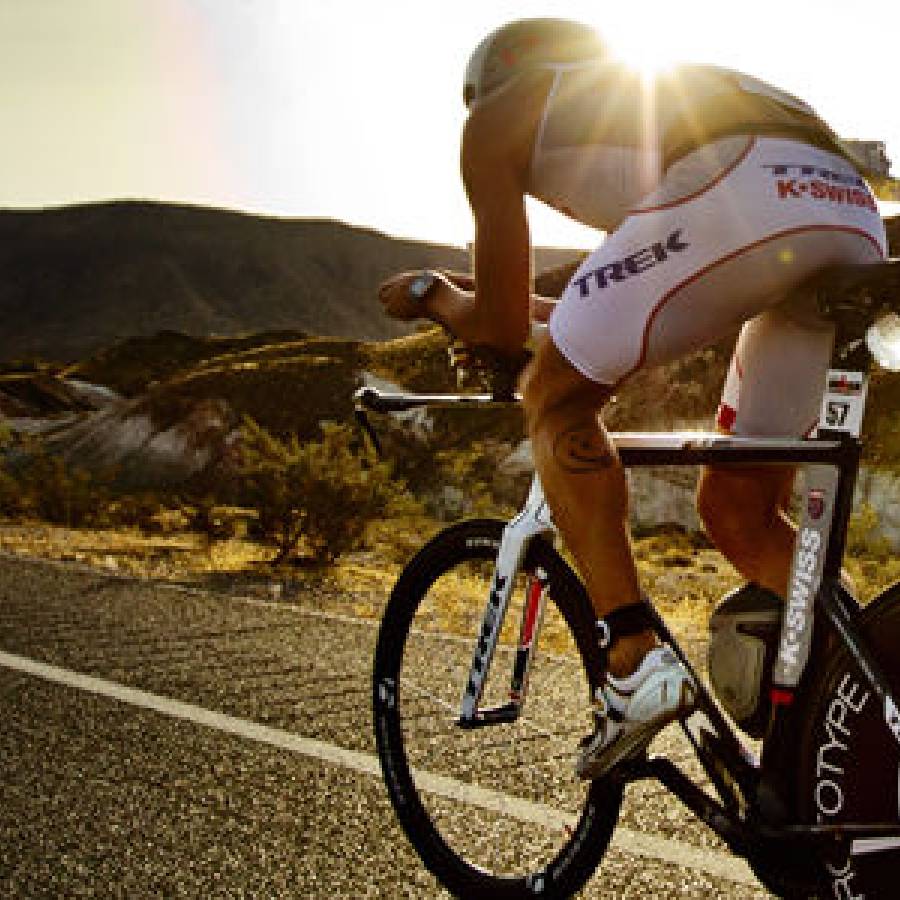
The most popular questions coaches receive from athletes, whether casual athlete or competitive, are nutrition related inquiries. It’s usually because athletes are either looking to loose weight or improve performance. Common mistakes include eating at the wrong times, choosing the wrong balance of carbohydrates, protein and fat, drinking too little fluids, and consuming inadequate amounts of supplements. Training aside, nutrition is the key to performing better. “I need help with my nutrition.” Sound familiar? There are several key factors to consider that will help guide you in the right direction.
Make Time to Eat
Too many athletes make time for training but don't make time to eat. A poorly fueled body will be limited. Limiting your ability during training also limits your potential. If you’re serious about your goals, try scheduling meals in much the same way you do workouts; each has a purpose. If you can find time to train, you can find time to fuel. Athletes who train under-fueled are generally the ones who under eat. Waiting to eat often results in overeating. Overeating often includes “junk” type foods because when we overeat it’s typically for our pallet and not our purpose. This pattern fails to support an optimal sports diet or long-term health.
Fuel Your Day Eat early and constant throughout your day in much the same way you do during a long ride. I don’t mean a lot. I mean eat small amounts but often keeping your metabolism active. Do not purposefully restrict food intake at breakfast and/or lunch, with hopes of losing weight. If you are weight-conscious, pay attention to what and when you eat. Fuel adequately during the active parts of your day so you have energy to exercise. This results in less hunger later. If you’re within 3 hours of sleeping, try a liquid dinner; protein shake or wait for breakfast. After dinner, get out of the kitchen and away from food. It’s easier to lose weight when you limit temptation.
Small Changes Bring Big Results
Reduce calories by a few hundred per day; 100- to 200-calorie deficit. Little changes like this at the end of the day (like eating just two less cookies) can knock off, theoretically, 10 to 20 pounds of fat loss per year.
Eat the Right Amount of Calories
Eat the right amount for your body size and and/or athletic goals. Eat in evenly sized scheduled meals. Too many athletes eat in a crescendo, with the biggest meal in the evening. The better plan is to divide your calories evenly throughout the day, eating every 2-3 hours. Training your metabolism is helpful to both weight loss as well as endurance. Here’s an example of a 2,200-calorie fueling plan for an active person:
Breakfast 7-8:00 AM 700 calories
Break 10 AM 250
Lunch 11-12 noon 600
Break 2-2 PM 250
Workout 5-6:30 PM -600
Dinner 7-8:00 PM 400
While I agree you should spread calories as evenly as possible throughout the day, I caution you about eating the largest amount towards the end of the day. Try eating larger meals earlier working towards smaller meals later in the day. This provides ample time to burn fuel stores.
Portion Control
Athletes who eat too much fat (butter, oil, salad dressing, fried foods) displace the carbs they need to optimally fuel their muscles. That is, if you fill up on cheese and oil in the fettuccini Alfred, you are not filling up on the carb-rich pasta. You’ll end up with “dead legs.” Athletes who eat too little fat fail to replenish fat stored within the muscles that supports endurance performance.
Fuel Before You Exercise
Eating prior to a long workout (generally 60-90+ minutes or more) can be the difference between a good or bad workout. But be careful. As your fitness level increases, your muscles are more efficient and tolerance levels increase. Pre workout and pre-race meals need to be tailored to your workout intensity, duration and need to take into account your fitness level and workout goal. Sounds complicated? It’s not. My rule of thumb is a meal is highly recommended if you’re workout is greater than 90 minutes. Timing for this meal is important.



